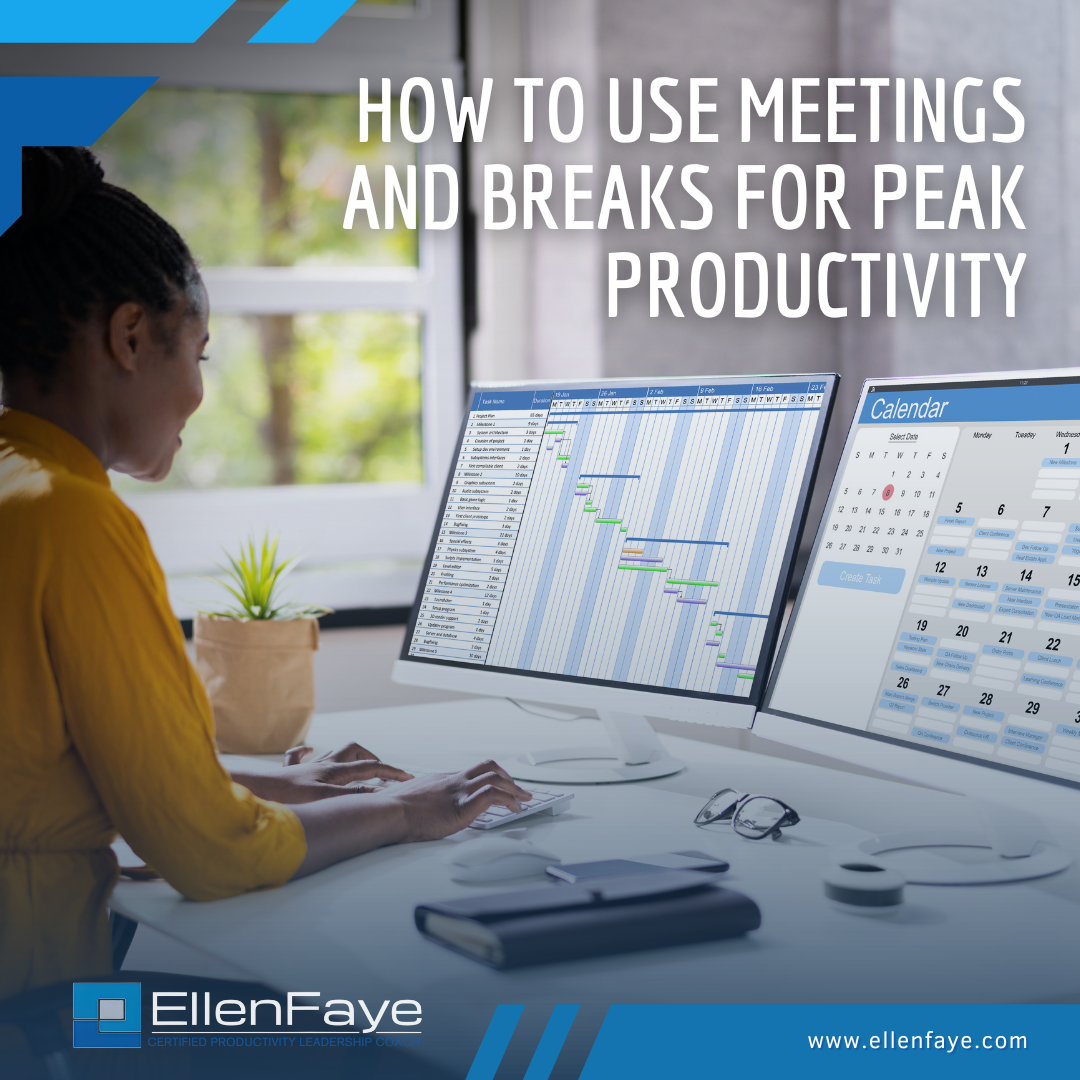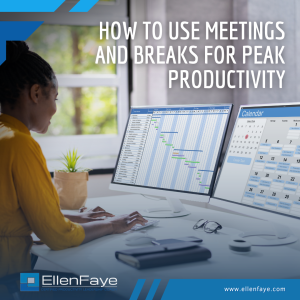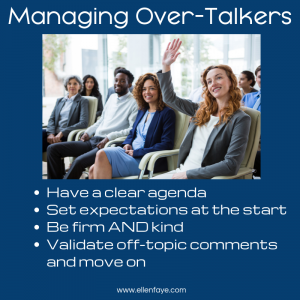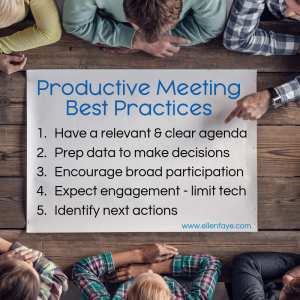Meetings often get a bad rap. We have too many, they’re too long and they prevent us from being as productive as we could be.
“People don’t hate meetings, they hate meetings that waste their time,” said Ellen Faye, a productivity and leadership coach.
But sometimes meetings are necessary, and can be useful tools for getting things done, brainstorming new ideas and tackling problems at work. You just have to do them right.
Keep the invite list exclusive
Only invite people to whom the subject matter of the meeting is relevant. “People don’t often really think about who really needs to be at the meeting,” said Neal Hartman, a senior lecturer in managerial communication at the MIT Sloan School of Management. “Lots of people get invited and if the topic isn’t relevant to them, they feel like they have nothing to contribute and they are sitting there thinking of all the other things they could be doing.” Limiting the size of the meeting can also spur better conversation, said Paul Axtell, author of “Meetings Matter: 8 Powerful Strategies for Remarkable Conversations.” “The quality of conversation is dependent on quality of the relationships that walk into the room. Fewer people are more likely to connect.”
Have a clear agenda
Make sure all attendees have a good sense of the subject and goals of the meeting before they walk into the room. When you send the calendar invite with the time and location of the meeting, it helps to also include an agenda with the intended topics of discussion. “It’s particularly useful to put a suggested timeline for each agenda item.” said Hartman. Give people adequate time to review and digest any complex data or documents before the meeting to avoid putting anyone on the spot and to keep the meeting moving. “If you are expecting your meeting to be effective and productive and you want to be able to make a decision, you need a certain degree of information and data,” said Faye. And if you expect some participants to run part of the meeting, give them advanced notice and a time limit.
Get broad participation
Now that you’ve invited only the necessary players to your meeting, make sure you get input from everyone. “If you have done a good job selecting the participants … it’s useful to hear from everybody to get a nice range of insights and perspectives,” said Hartman. The meeting leader should make sure everyone feels comfortable contributing and rein in any conversation hogs who tend to dominate meetings. There are different ways to encourage everyone to speak up. Some implement a rule that everyone needs to speak once, but no more than three times. Others will simply make sure to call on everyone in the room at some point. “The people who are quiet have good information and if we skip them and don’t hear them we aren’t making the best decision for the team and aren’t getting the best outcome,” said Faye.
Limit your own talk time
While meeting hosts play an important role in the effectiveness of the meeting, they also have to be careful with how much they are talking. One of the biggest problems that leads to unnecessarily long meetings is the leader talking too much and not asking questions or listening, according to Bob Sutton, an organizational psychologist and Stanford professor. “You have leaders who talk to allegedly show off their knowledge, when asking questions helps make everyone feel engaged and recognized,” he said.
Have a call to action
Too often if you ask participants of the same meeting what was accomplished or discussed, you’ll get different answers. To avoid that, the meeting leader should take a few minutes to review what was decided on, any deadlines and the next steps to move forward. “If you don’t leave with specific commitments and timelines, then for the most part you didn’t accomplish anything,” said Axtell.” Most often the missing piece is not nailing down who is doing what and then not following up.”
Limit tech
Technology has made our lives much easier, but it can also be a major distraction in meetings. “If you are texting or emailing during a meeting, you aren’t engaged,” said Faye. “There is no way your brain can be doing that and listening and following the conversation.” Meeting leaders should set expectations and ground rules on what technology will be tolerated and they should practice what they preach. Some companies have even banned technology in meetings or make people turn in their devices at the start of the meeting.
Avoid lip-service meetings
Managers can run the most well-run meetings, but if there is no execution afterward, it can cause friction with employees. “Some leaders seem to believe that if they have meetings and are just listening to people and don’t follow up on the opinions or advice, that will make employees feel better,” said Sutton. That’s not the case. “People get really frustrated,” he said.
If it’s daily, keep it short and try standing
If a daily meeting is deemed necessary, keep it moving and keep it short — no more than 20 minutes. “If it’s a daily meeting where you are reviewing actions … I would do a standup meeting where everyone is eye level and everyone moves on,” said Faye.
Track how much time you spend in meetings
Some job roles require multiple meetings a day, but Faye recommends aiming to have only two hours of meetings a day with four at the most.
“This gives you enough time to follow up, react and do other work,” she said.







